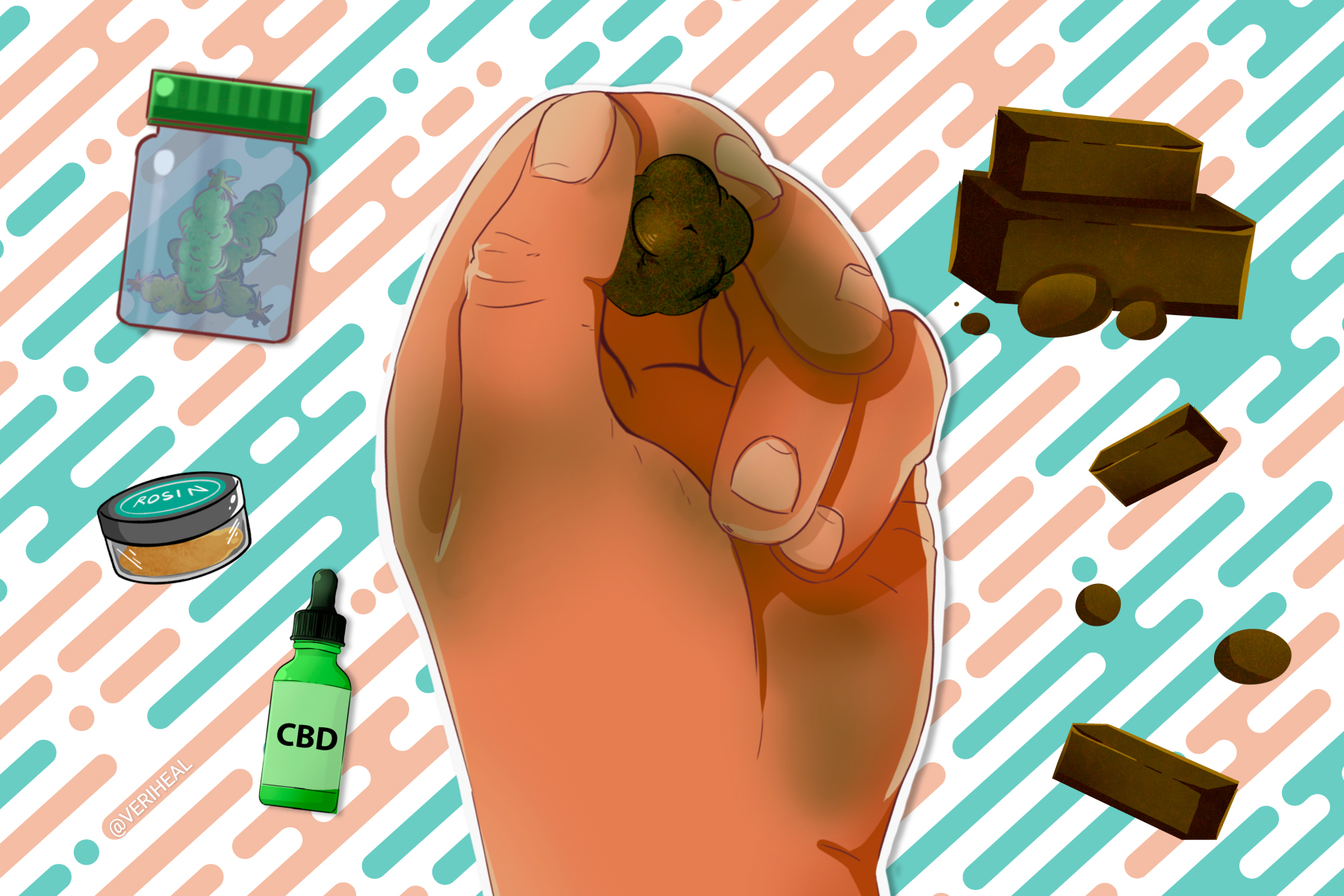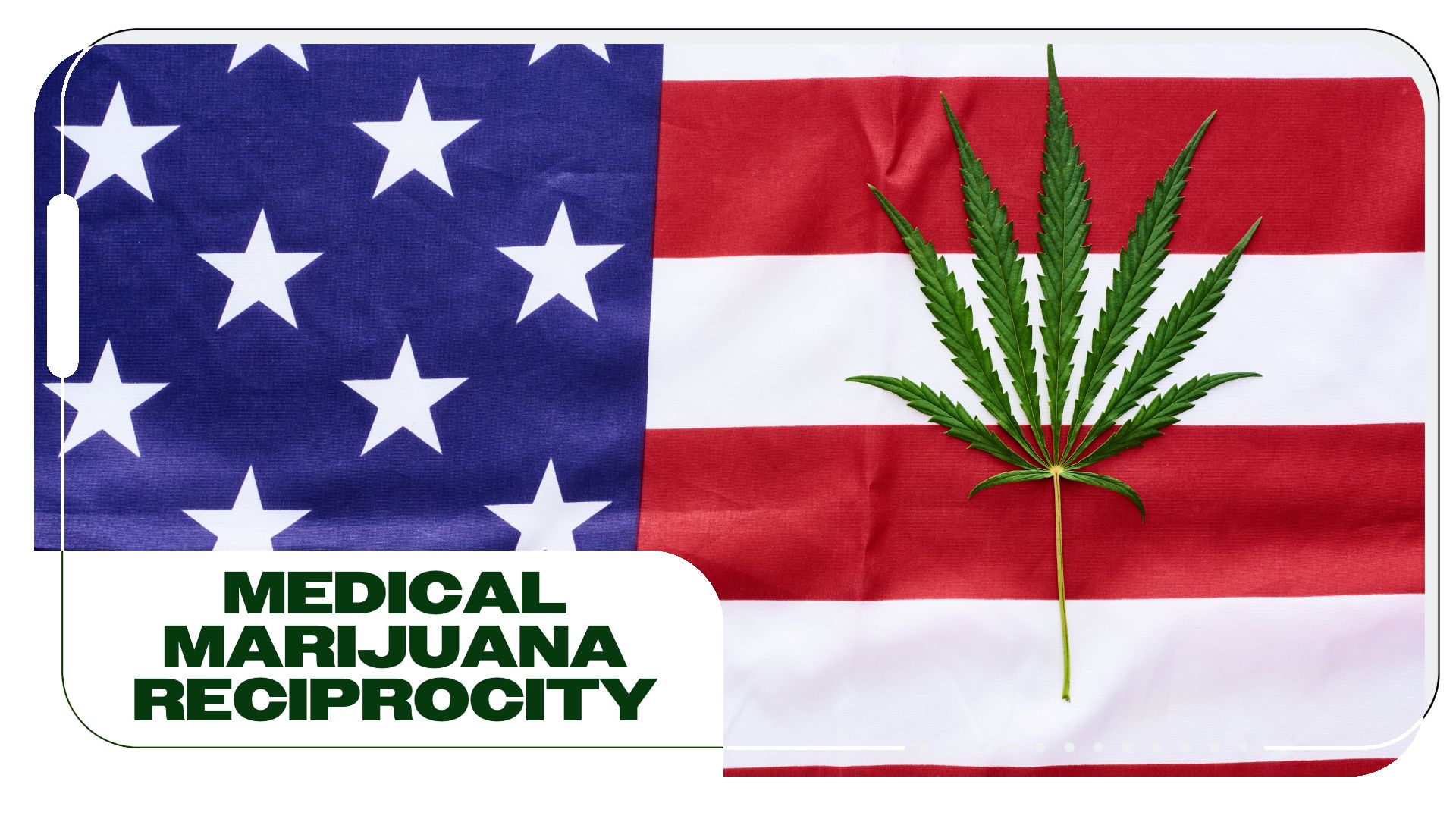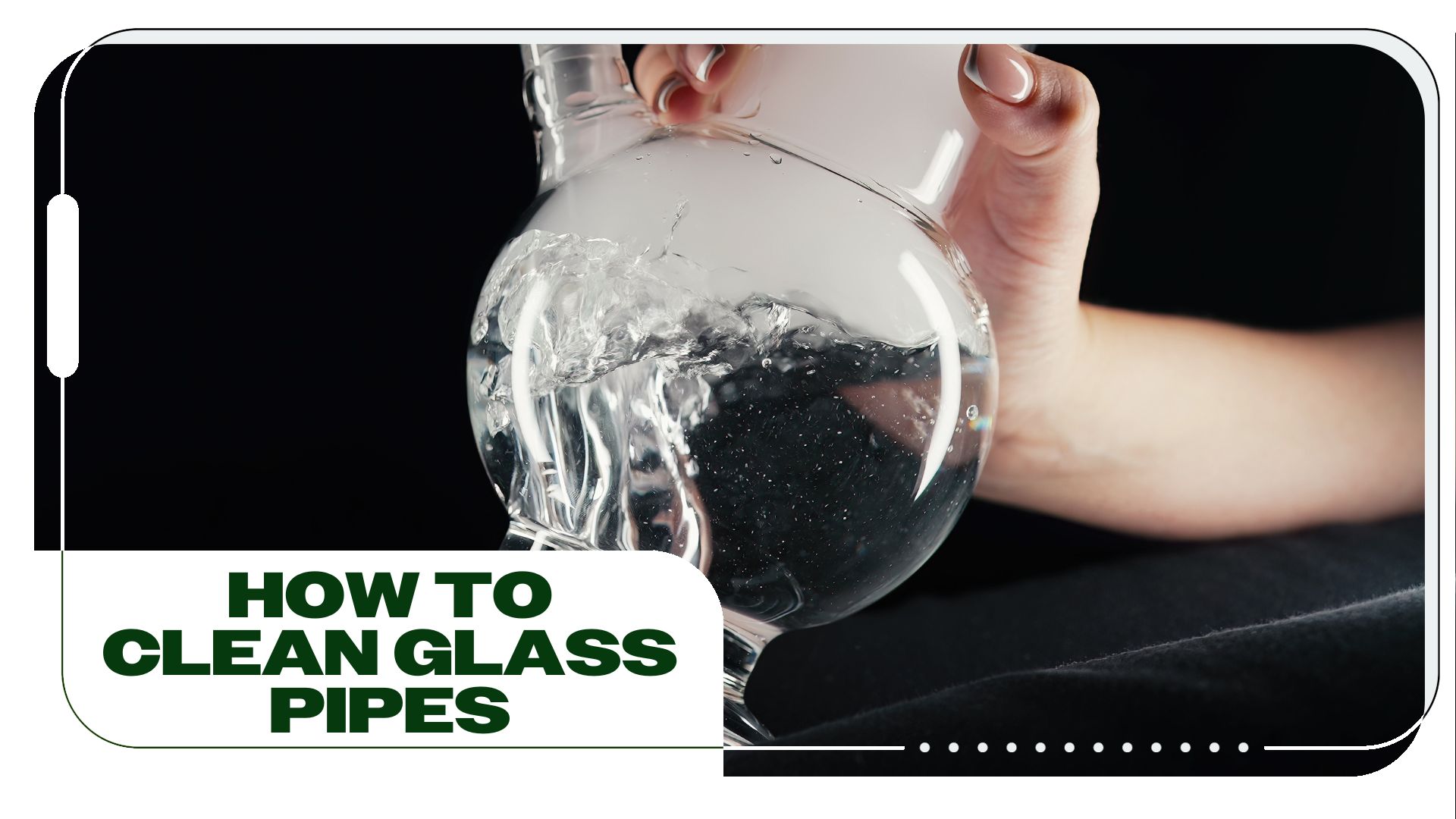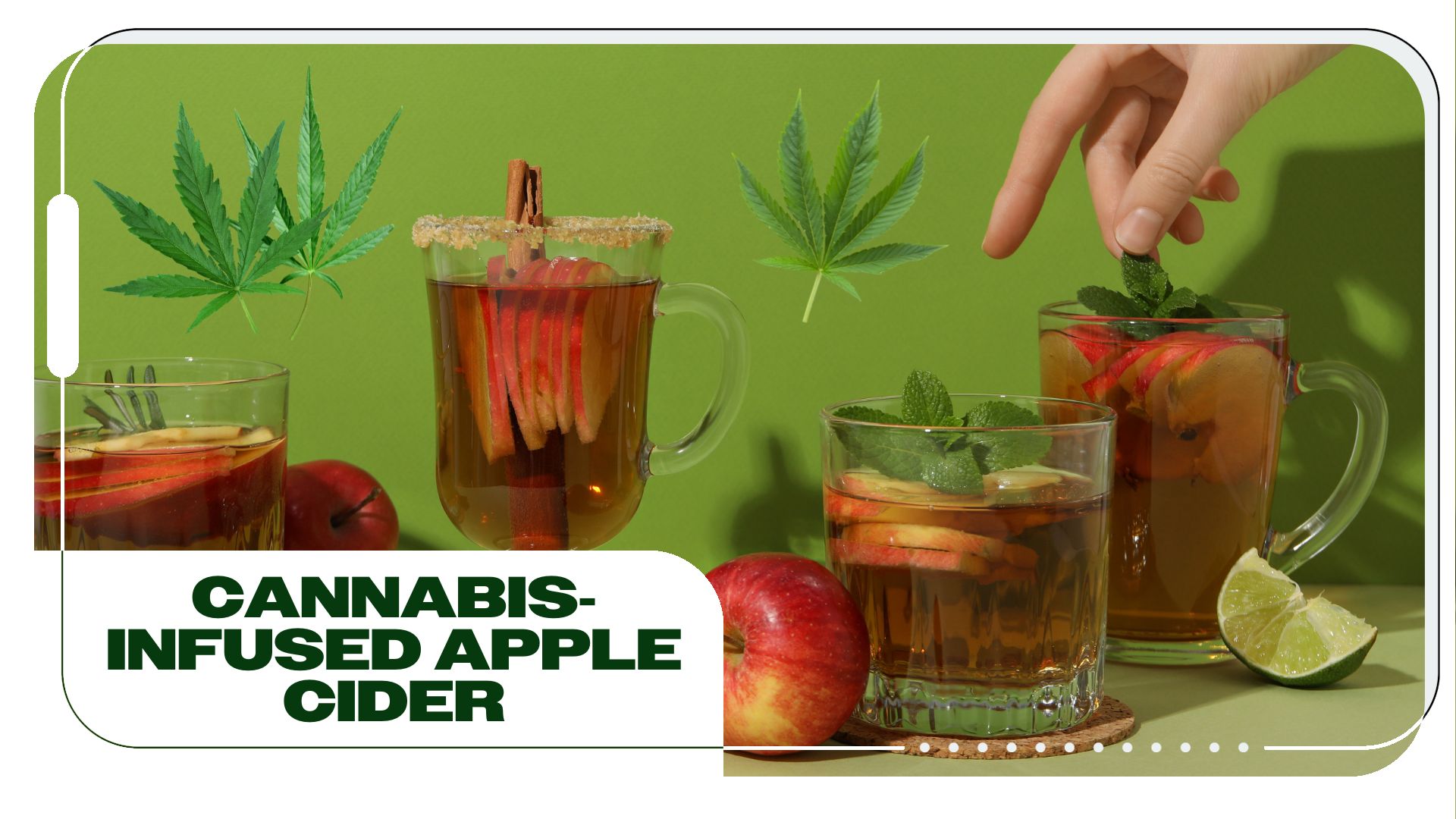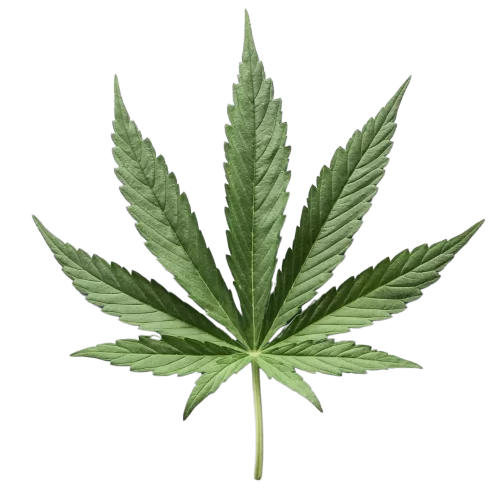Cannabis legalization is opening doors to all kinds of options for Americans these days. Those who live in states that have legalized medical and/or adult-use retail access to cannabis have choices other Americans don’t. They have choices like choosing the option of a natural plant medicine versus synthetic over the counter and prescription medications. They have the option of choosing what type of cannabis and the delivery method they prefer the most. This means having access to multiple varieties of different strains and access to different types of cannabis products such as flower, concentrates, edibles, topicals, beverages, tinctures, and more.
The newly merging cannabis industry is raking in a lot of green. Hundreds of millions of dollars are exchanging hands leading to a multi-billion-dollar industry. In the United States, one thing I think that’s missing from this industry is a connection to the culture.
All too often, cannabis dispensaries open their doors, posting a wide array of substandard products. They all say they’re about the patient, but their product says otherwise. $10 a gram or more for some dusty dry weed lacking potency or flavor, and you’re for the patient? Then there are dispensaries that pride themselves in populating their shelves with quality products. They still seem a little pricey. Many people would have thought with cannabis legalization, that better prices would have emerged. Instead, people find themselves paying prohibition prices or more to adhere to all the additional taxes applied in legalization and to make up for the rather expensive license fees that businesses must endure.
Don’t Forget the OG!
Cannabis concentrates have become an extremely popular way to consume cannabis. Sales of cannabis concentrates in five states have soared 40% compared to last year. This shows a sweeping consumer trend that is shifting towards more potent forms of cannabis. Before there was shatter, crumble, wax, diamonds, sauce, and other varieties of cannabis concentrates, a variety of concentrated cannabis ruled the scene. It was globs of resin from your bowl. Just kidding! Although many of us enjoyed cannabis concentrates in the form of bowl resin back in the day, the concentrated form of cannabis I’m speaking of that ruled was hashish, aka hash.
For those who had the pleasure of indulging in this old-school treat, they’ll have memories of hash on needle points on a piece of cardboard under a glass cup typically on a counter or tabletop. If you weren’t smoking hash like this, some people had tiny little hash pipes. They were popular and sold as keychains in the ‘70s and ’80s. Then there were those who were fortunate enough to smoke hash by the bowl, bong, or hookah. Hash came in many different varieties. Some of the best hash around were Blond Lebanese and Moroccan. In essence, hash was the concentrate of the past.
Why You Should Get Your Medical Marijuana Card
Veriheal has satisfied millions of patients nationwide by giving them access to these benefits
- Larger purchase limits
- Peace of mind
- Enhanced legal protection
- Access to higher potency strains
- Save up to 25% on cannabis purchases
- Skip the line at the dispensary
Hash Has Been Shown to be a Versatile Concentrate
Hash was versatile and could be smoked in a bowl or crumbled into a joint. You didn’t need special rigs, torches, or e-nails to smoke hash. Hashish has a unique one-of-a-kind flavor that many people will describe as out of this world. Hash is basically a concentrated block of cannabis trichomes.
There are various processes for the production of hash. Still, essentially it involves collecting trichomes and then applying pressure and heat to form a solid mass known as a block or brick of hash. The different methods and techniques give each variety of hash its own uniqueness. Not all hashish is made using heat. Some techniques use cold water and ice water. Some methods use nothing more than your bare hands. Some hash is even buried in the desert sand to cure over time, in essence, using natural heat and pressure.
Jamaican Hand Hash
A popular Jamaican tradition of making hash is to do it by hand. This is called hand hash. It is made by taking the hands and squeezing fresh buds. The resin from the buds will begin to buildup on the hand. It is then scraped off using a knife and rolled into a ball. Today hash has evolved into a different type of concentrate. Instead of rubbing material over screens to knock off trichomes, many people choose to use solvents for extraction instead. Butane (BHO) and propane (PHO) are some of the most popular solvent forms used to make cannabis extracts.
Live rosin is similar to hash as it is made using heat and pressure too. With live rosin, the end product comes out sticky and gooey instead of solid blocks or bricks like hash. With hash being as popular as it was, it would be great to see it make a comeback. I have visited several different legal cannabis markets and have yet to experience hash like I remember it being from back in the day.
The hash I have purchased from dispensaries has been more like pressed buttons of kief. It does not have the same tantalizing flavor nor the effects remotely close to what should be expected from smoking good hashish. Do you remember hash? Would you like to see real hash make a comeback? If you’re like me, those answers are yes and yes. Cannabis flower, edibles, topicals, beverages, and concentrates are great, but where’s the hash stash at?
Author, Share & Comments

